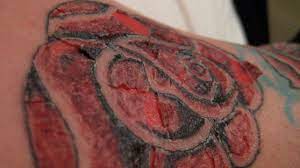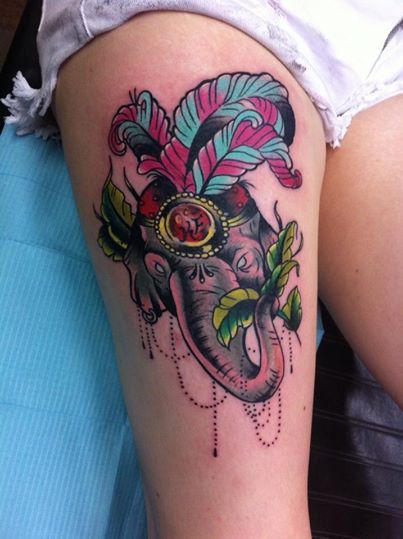
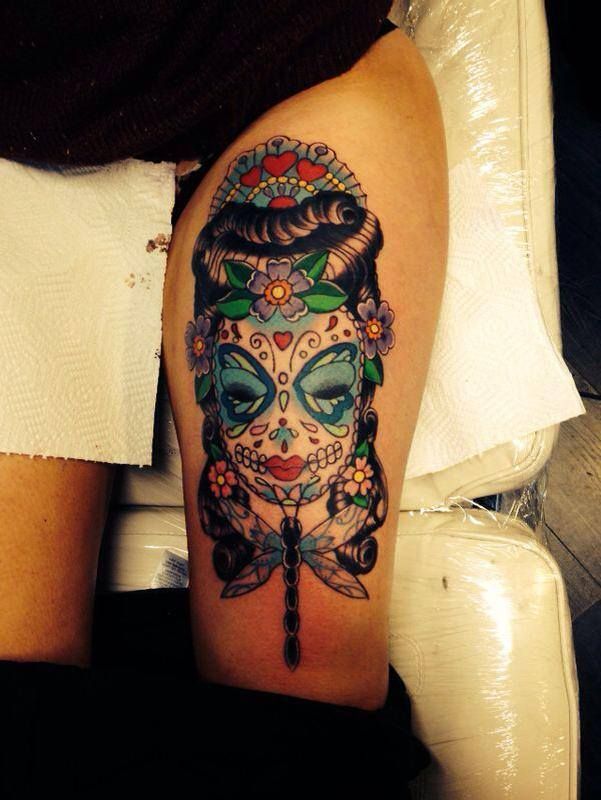
In China, tattoos were historically seen as signs of immorality and Western influence, leading to a government prohibition on individuals under 18 getting inked.
Origins
tattoos have been a human tradition for over 4,000 years, with evidence of their existence found on Egyptian mummies. Native Americans also used tattoos for body decoration and pain relief. In ancient Greece and Rome, tattoos served to identify enslaved people and religious affiliations. tattoos were also used to mark the deceased and were spread by Christian missionaries and colonizers.
Meanings
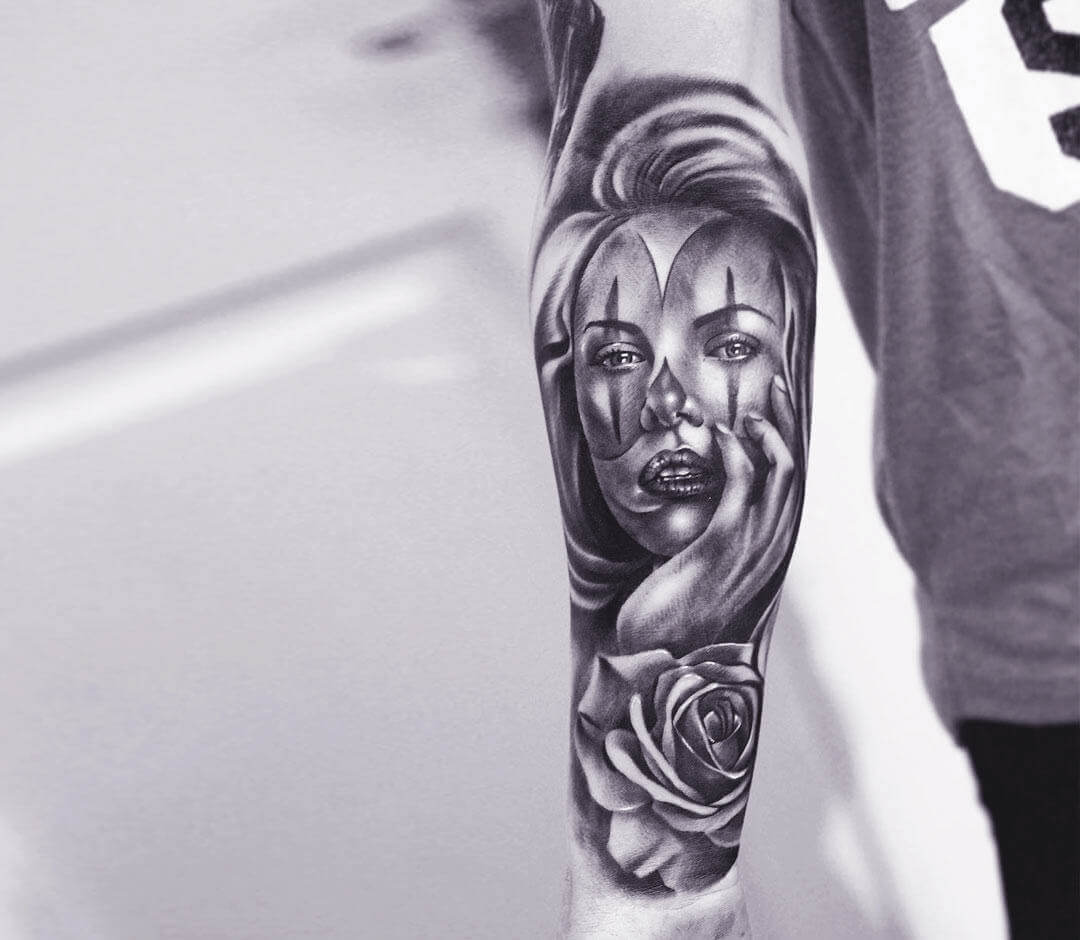
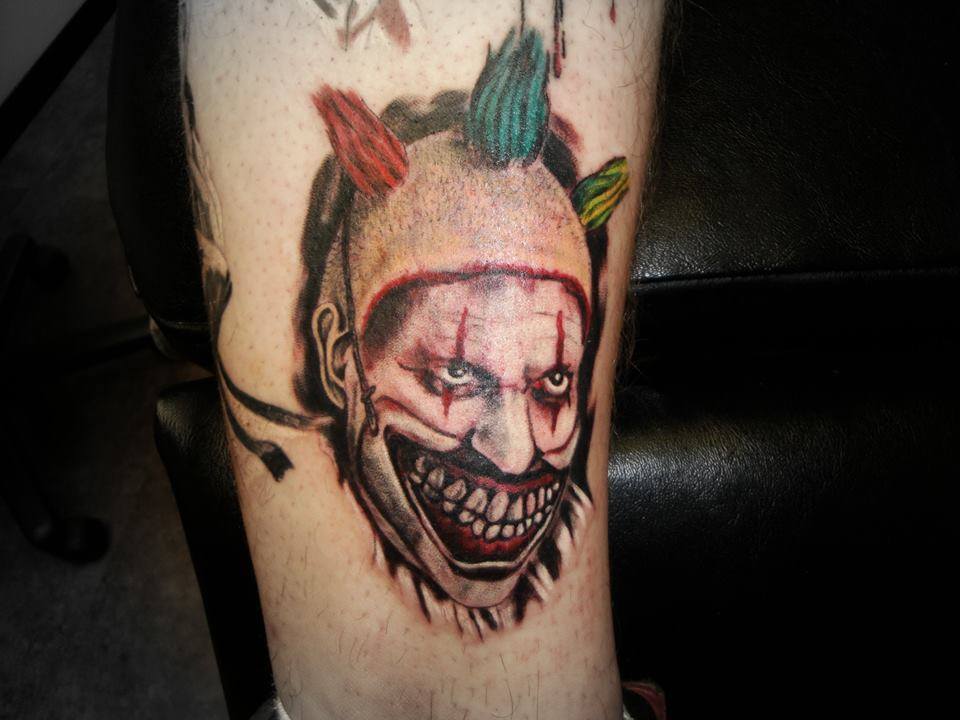
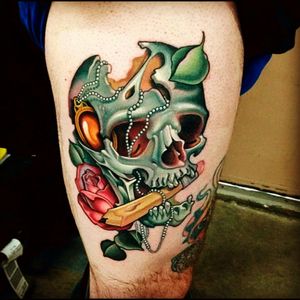
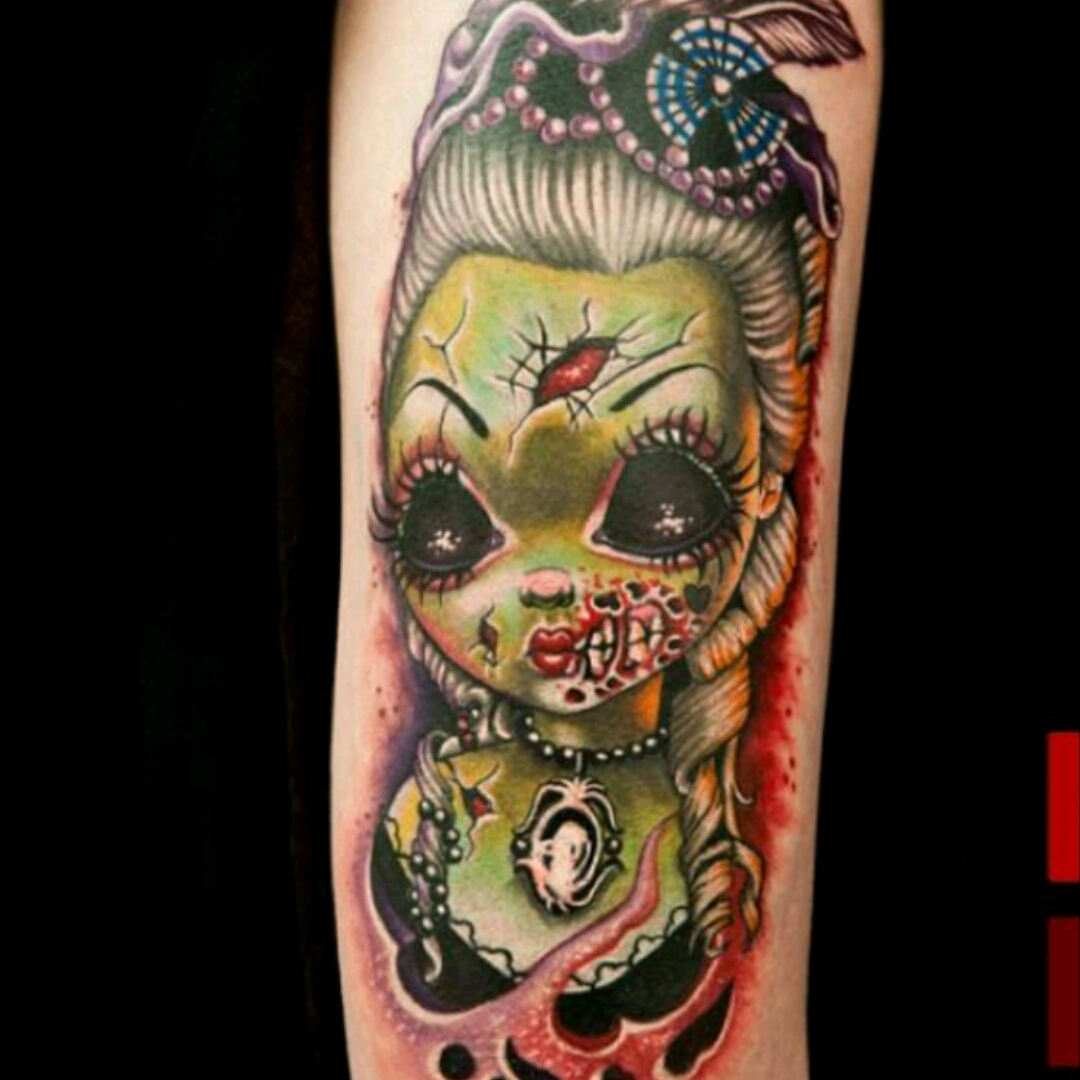
New-age tattoos allow individuals to express themselves and affirm their beliefs. Various symbols hold spiritual significance, such as the lotus flower representing growth and inner power. Researching the meaning behind a tattoo before getting it is crucial.
Styles
Modern tattoo styles range from traditional Japanese (Irezumi) featuring mythology and folklore imagery, to neo-traditional art combining old-school themes with bright colors. Surrealist tattoos appeal to those seeking creative and imaginative designs. Black and grey tattoos have also become trendy, utilizing shades of grey diluted with water for various artistic effects.
Artists
New-age tattoo artists blend traditional and contemporary aesthetics, creating artwork that stands the test of time. Renowned artists include Antony Flemming, Miss Juliet, Jacob Wiman, Jen Tonic, Hannah Flowers, Vale Lovette, Heath Clifford, and Virginia Elwood.
Conclusion
New-age tattoos offer various styles and meanings, allowing individuals to express themselves and display their individuality. Individuals can make informed decisions about their body art by understanding the history, origins, and significance behind different tattoo styles.
